London's Regency-Era Soane Museum to Offer Portals into Other Realms With Summer Exhibition
- May 31, 2022 13:59
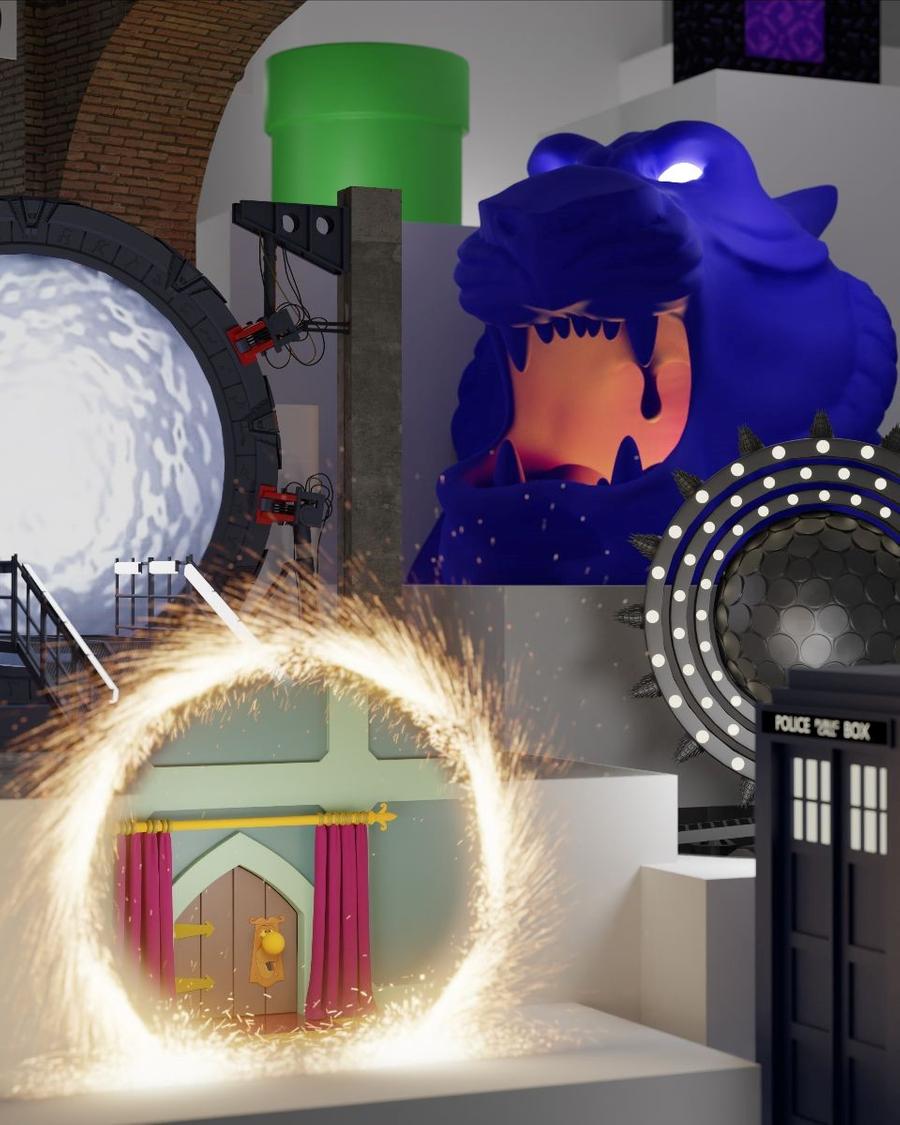
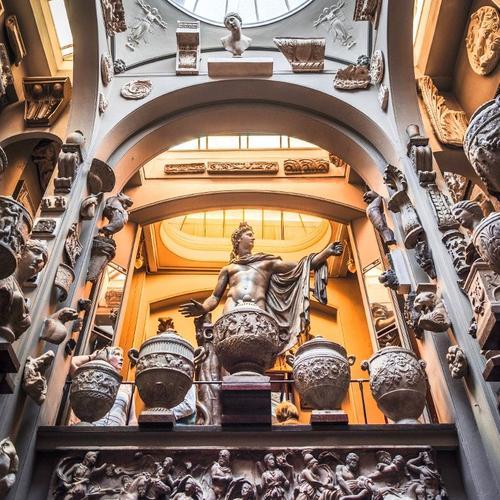
Space Popular: The Portal Galleries will present new work and research by the multidisciplinary design practice Space Popular, led by Lara Lesmes and Fredrik Hellberg, at Sir John Soane’s house museum in London this summer. Designed by renowned architect Sir John Soane and filled with his world-class collection of paintings, sculpture, artifacts and models, the museum retains the same fabric and design as at the time of Soane’s death in 1837, and now adds in Space Popular's 21st-century virtual and sensory experience.
The exhibition (June 29 – September 25) responds to the virtuality of Sir John Soane’s Museum by focusing on ‘the portal’: a door or threshold that grants entrance into another environment, whether physical or virtual. The desire to travel virtually across time, space and realms has been a recurring theme in the collective imagination – one that many have explored through fictional narratives. Visitors will be guided through the magic and mechanics of virtual travel in an exhibition that bridges the technologies of Soane’s time and ours. Using Sir John Soane’s Museum as the point from which to begin this journey, Space Popular present their research on the portal through time and across media.
Lara Lesmes and Fredrik Hellberg of Space Popular comment, "Portals have been present in fiction for centuries. Today they are the primary means to travel between virtual worlds. During the past two years we have made a study of the history of the portals - in literature, television, cinema and gaming - that inspire the teleportation infrastructure being built today."
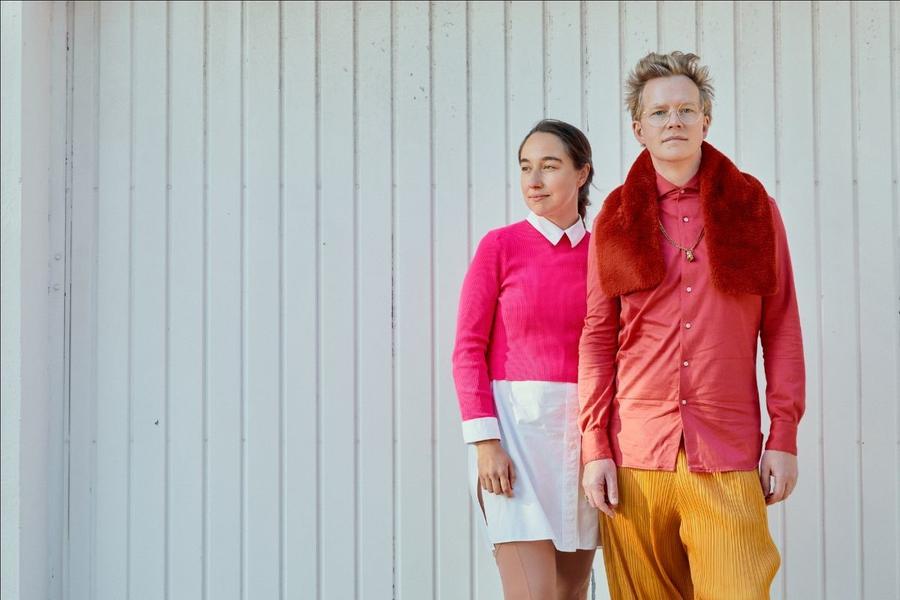
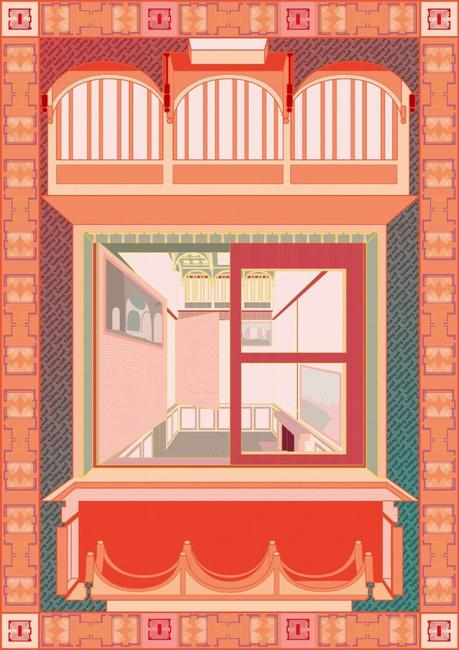
"Unfolding walls, cleverly placed mirrors, and scale shifts are just some of the numerous examples of portals at Sir John Soane’s Museum. We see the Soane as the greatest collection of pre-electronic media teleportation devices, making it an inspiring and challenging setting for our current research," they add. "The future of our virtual experiences will be about touch. Spatial computing will take away screens, keyboards and touchpads but we will continue to use our hands to navigate and interact with virtual space. This will lead us to a whole new world of haptics where a furniture, objects, and tools become interfaces or, in other words, portals to virtual worlds."
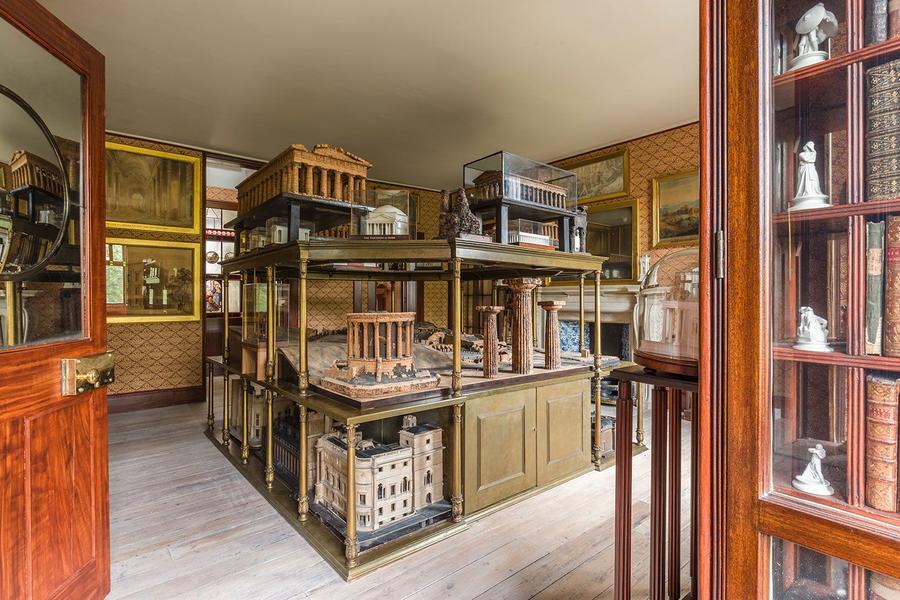
Exhibition curator Erin McKellar explains, "Sir John Soane’s Museum is intricate, varied and full of surprises. Space Popular have peered through the building’s doors and frames and have found inspiration in the myriad worlds within. The virtual worlds that they’re creating in their new work will be as fresh and invigorating to today’s visitors as Soane’s spaces still feel. Through Space Popular’s work, which is at the forefront of technology and of our understanding of architecture’s limits, this exhibition also speaks to Soane’s goal of creating an academy of architecture within his museum."
Virtual reality technology stands at the forefront of advances in architecture, art, gaming and communication. Yet the notion of ‘virtual space’ – non-physical environments – has its roots in pre-electronic media, such as frescoes and tapestries, and has fascinated architects, artists, writers and others for centuries. Sir John Soane himself opened the doors of his house museum to transport visitors to other realms, with walls folding to reveal hidden spaces, cleverly placed mirrors tricking the eye and pictures by Soane’s office creating imaginary cities from assemblages of his work.
The Portal Galleries sees Space Popular drawing from and continuing Soane’s architectural experiments by creating two new spatial films. One is shown on the museum’s ground floor, and is experienced through virtual reality headsets, allowing visitors to enter a series of portals across environments derived from Soane’s spaces. Accompanying this will be a cross-media historical study of fictional portals, including examples such as the wardrobe from The Lion, the Witch and the Wardrobe and the Cheshire Cat Shortcut from Alice in Wonderland. At the centre of this study, a large new handcrafted ‘portal table’ offers a three-dimensional timeline of fictional portals and is also the stage for a second spatial film. Visitors are invited to interact with the table, which is covered in Alcantara, the soft touch and innovative material produced by the Italian firm Alcantara, to illustrate how the experience of the physical and virtual worlds is always paired.

In addition to the portal table, a series of Soane office drawings, Space Popular drawings and Space Popular films will show visitors how some of the most beloved fictional portals have shaped our understanding of the virtual today.





















_He_Lay_100x100_c.jpg)